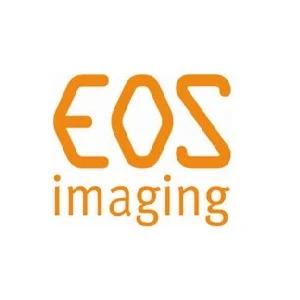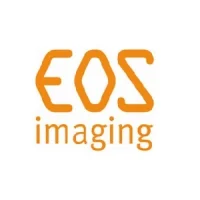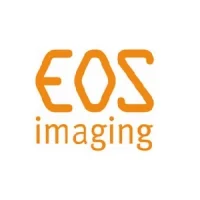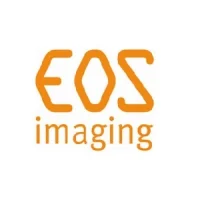Study findings correlate the risk of falling with postural balance measured from EOS exams
With approximately 30% of the people who are 64 or older falling at least once a yeari and with people living longer, falls have become a major public health issue. In 2013, the Center for Disease Control and Prevention found that direct medical costs for falls in the U.S. totaled $34 billionii. Fall injuries are among the 20 most expensive medical conditions and result in hospital costs averaging $35,000.
A study of 122 patients at high risk of falling was conducted by the Cochin Hospital (Paris) within a collaborative program with EOS imaging aiming at improving the screening and prevention of falls. The patients received an EOS exam and clinical parameters associated with postural alignment were measured with the sterEOS workstation dedicated postural analysis software. The results of the study showed that specific parameters are significantly associated with the risk of falling and could be used to improve the individual assessment of falling risk. Today, this risk is ascertained by clinical examinations and the consequent risk of fracture by measuring the bone mineral density.
Professor Christian Roux, Director of the Center for the Evaluation of Bone Diseases at Cochin Hospital in Paris said, "The prevention of fall and fracture risk in the elderly is a public health priority and screening at-risk patients must be simple and reliable. The preliminary results obtained by the analysis of sagittal balance with EOS are extremely encouraging, especially in light of this need."
Marie Meynadier, CEO of EOS imaging said, "The analysis of sagittal balance and overall posture are emerging as key elements in the management of diseases related to ageing. The results of this preliminary study show how EOS systems can be used for the first time in prevention and screening. We are pleased to see that our solutions are enabling significant progress in this area."
The EOS platform provides 2D and 3D full-body, stereo-radiographic images of patients in functional positions. EOS exams offer a radiation dose 50% to 85% less than Digital Radiology and 95% less than basic CT scans. The new EOS Micro Dose system, recently cleared by the Food and Drug Administration, marks another important step towards the ALARA principle (As Low As Reasonably Achievable). This latest technology has made the dose for a pediatric spine follow-up exam equivalent to a week’s worth of natural background radiation on Earth.
Source & Image Credit : EOS Imaging
References:
i WHO report http://www.who.int/ageing/projects/1.Epidemiology%20of%20falls%20in%20older%20age.pdf
ii Stevens JA, Corso PS, Finkelstein EA, Miller TR. The costs of fatal and nonfatal falls among older adults. Injury Prevention 2006a;12:290–5.










